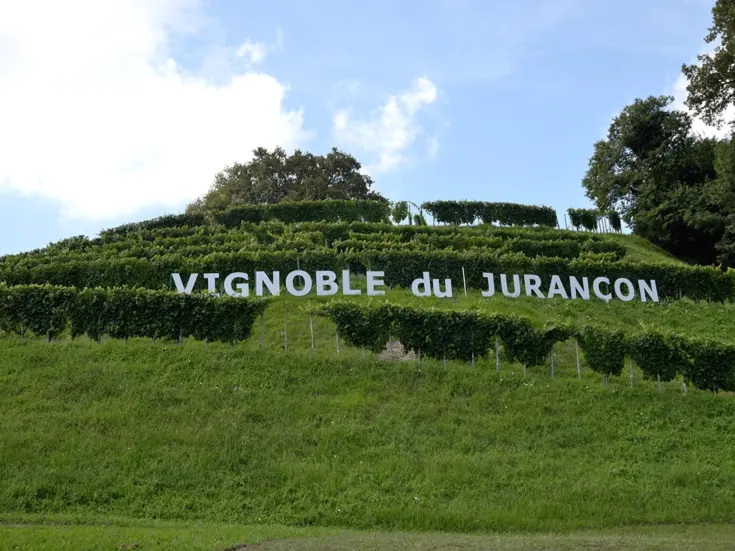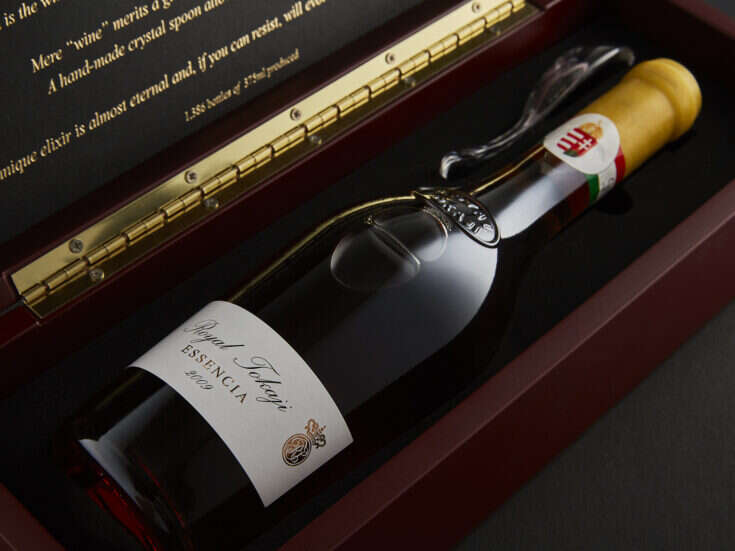The former part -owner of Screaming eagle is spreading his wings with a pair of acquisitions in South Africa and a debut release from his Santa Barbara Estate, Sandhi Wines
by Tim James
Rumors have hovered and shifted in recent years over the South African ambitions of Charles Banks, former part-owner of cult California wineries Screaming Eagle and Jonata. They settled and solidified late 2010, when it became known that Banks’s company Terroir Capital was making the most substantial US investment in Cape wine to date. Interestingly, some of the strongest rumors-around the Stellenbosch winery Cordoba-proved wrong. In fact, there had been firm hopes there, centering on a hotel (one was even designed), but it became evident that getting requisite planning permission for the Helderberg mountainside was not going to be easy. “We’re still poking around for hotel sites,” says Banks, however, only a trifle ruefully.
The original interest had been in another Stellenbosch winery, Mulderbosch, whose brand already has some significance in the USA. Lengthy but cordial negotiations recently came to fruition-after quite a bit of work in the vineyards and cellar and on the drawing board had already been done by the new owners.
Terroir Capital’s other signal investment “came out of the blue.” On one of their many visits to South Africa, Banks and his wife drove inland to Tulbagh Mountain Vineyards, which he knew to be for sale. “We were blown away by the place,” he says. “We fell in love with it”-and bought it.
The existing but fairly recent team of Rebecca Tanner in the cellar and Paul Nicholls in the vineyard will remain, but there has already been substantial input from the former Screaming Eagle duo of winemaker Andy Erickson and his viticulturist wife Annie Favia. Vineyards have been rethought-some grubbed up, more planted-and the cellar is being remodeled, particularly to cater for the vinification of small blocks. The property has been organic since its establishment a decade ago on virgin land, and this orientation, as well as some experimentation in biodynamic viticulture, will continue.
Under the new winery name, Fable (Tulbagh being, apparently, too guttural for the US market), the focus will remain on red Rhône varieties. The 2008 wines were not bottled, so Fable’s maiden reds, to be released shortly, will be 2009s. Says Banks, “The estate Syrah will be called Lion’s Whisker (based on an adaptation of a South African fable), and the Syrah/ Mourvèdre will be Bobbejaan (the Afrikaans word for ‘baboon’ and based on a fable we created about the baboons in the vineyards).” Chenin Blanc will continue to be bought in from the Swartland for a white wine, as yet unnamed: “We’re still working on the fable…”
Banks is clearly ambitious for this estate but cautiously ventures only that he thinks they “can do something really special with Tulbagh.” When? He’s not sure, but he is confident that “one day we will be stunned!”
If Fable will be about terroir and on a comparatively modest scale, Mulderbosch (no name change here) is more of a négociant winery, looking to branding and bigger volumes at a premium level. And quality, of course: Banks gives as a significant reason for being in South Africa his confidence that he “can make better wine for the same money” here than anywhere.
Most of the Mulderbosch grapes will be bought in, not exclusively from the home appellation; already they have entered into “several new grower relationships.” Perhaps the most radical development of the range will be that Chenin Blanc will lead it, rather than the Chardonnay or Sauvignon Blanc for which Mulderbosch is at present best known. Banks is enthusiastic about the reserves of oldvine Chenin in the Cape. As consultant, Andy Erickson will continue to be involved, but Richard Kershaw will remain as cellar master.
The Mulderbosch style seems set to change, pleasing those who have with some dismay seen noticeable residual sugar, for example, become a fixed component. There will be a return, promises Banks, “to real structure and balance […]. It’s not to say it wasn’t right before, but now there’s a different philosophy.” Faithful Hound, the Bordeaux-style red that has been Mulderbosch’s leading red, becomes a brand in its own right, with a Chardonnay in support. Maiden releases will be from the 2010 vintage.
It looks as though Mulderbosch is set to grow substantially, and the winery will be undergoing expansion and remodeling-mostly after the 2011 harvest, but substantial improvements have already been implemented. Numbers have not been announced, but it is eminently clear that Terroir Capital’s investment is substantial.
Meanwhile, back in California, Banks’s Sandhi Wines released its first wines in February this year. Sandhi (Sanskrit for “alliance”) is a partnership with sommelier Rajat Parr and winemaker Sashi Moorman, producing Pinot Noir and Chardonnay from Santa Barbara County. Banks makes no secret of his love for Pinot or of his belief that Sandhi will be innovative for California. He hopes to find a stunningly suitable site for it in the Cape, too. Clearly his investments down south are not finished.







